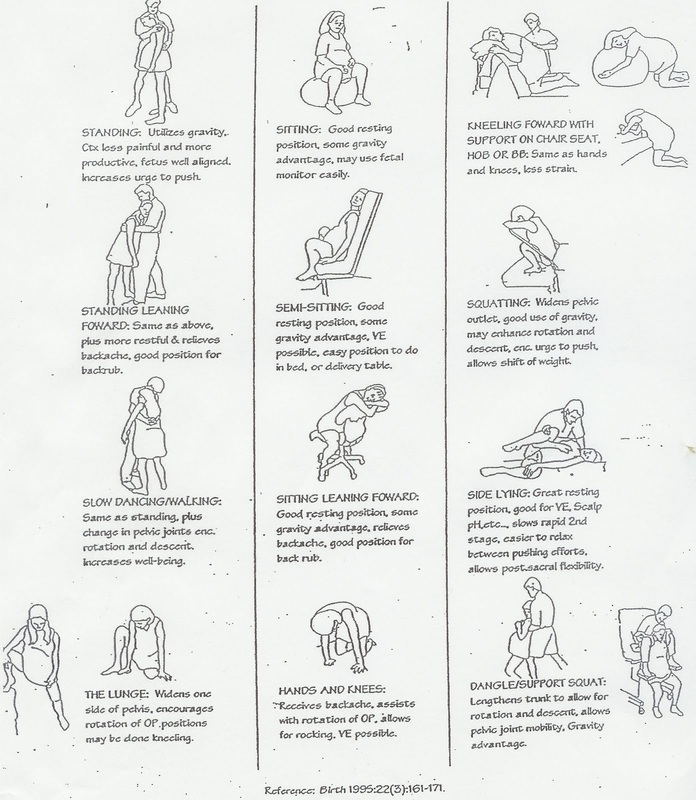-Who does the chores?
Make a list. Divide it 50/50 & switch off every week. If you need help moms make sure you ask. He is most likely willing to do more but is not picking up on your hints. You must ask men respond better to direct requests. (Plus you will spend less time nagging) Please & thank you's also go a long way!
-So he is a little more strict then you?
While it is okay for parents to take different roads of how they want to raise there child let each parent learn as a perfect parent is not just made over night. If dad wants to let baby nap & eat when ever let him deal with the baby every night so he realize that a schedule may not be a bad thing. If mom wants the house to stay completely clean. Let her see the baby play in one room and when she walks out the baby will have that area a mess. Maybe she will be a little more understanding and realize that’s not a reality. For more serious issues communication is key, there are always ways to compromise.
-Intercourse.. enough said
You need to have a sexual relationship! Your just not in the mood though, right? Well getting in the mood is the first step. Always plan time for sex. Yes that may sound joke worthy but even before baby you 'planned' for sex. You got ready, went out for dinner and always had special plans. Just because there is a baby involved now does not mean you can not do that. Hire a sitter, have grandma watch baby for a few hours. Go have some fun!
-Are your expectations realistic?
Ask other parents what the reality of parenting (1,2,3+) kids is. Spend enough time around children to know they will be the biggest, toughest 'job' of your life, but also understand that every family & child is different.
-Team work.
Remember you are on the same team. Help each other, thank each other, be proud of one another! It involves a lot of give and take but it is well worth it.

 RSS Feed
RSS Feed
